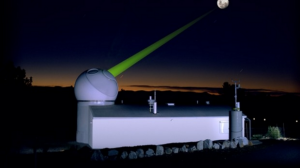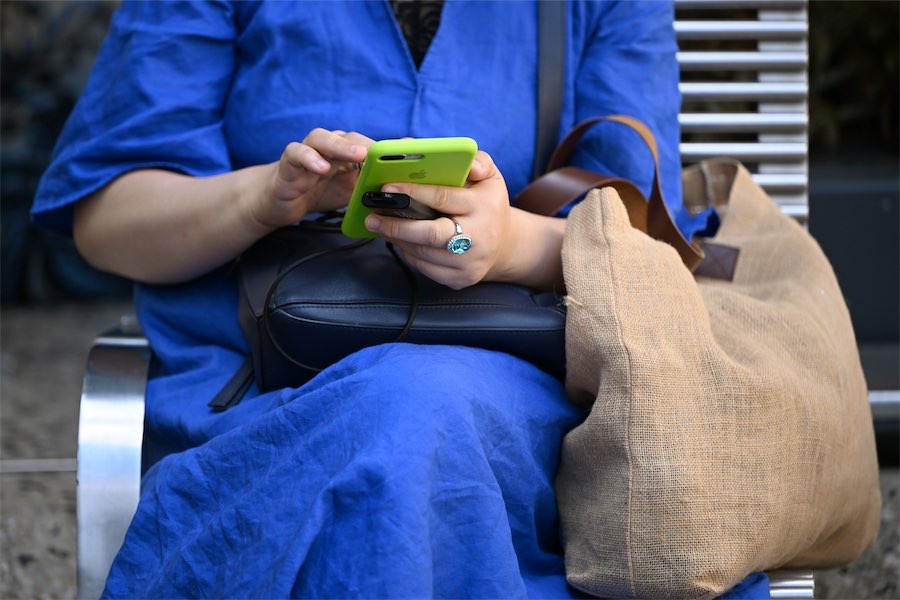CLOSE to 100 of the world’s top space environment researchers will this week congregate on Mount Stromlo to discuss ways to clean up the masses of space debris currently orbiting earth; the same debris that recently cracked a window of the International Space Station.
The Space Environment Research Centre’s (SERC) International Research Colloquium, to be held from 31 May – 1 June, is the premier event of the year for the Canberra-based international research organisation.
SERC Chief Executive Officer, Dr Ben Greene, says the Research Colloquium will bring together researchers, industry and space agencies to collaborate, share resources and knowledge to enhance their research outcomes. The purpose of SERC’s collaborative research programs is to develop methods to remove the estimated 170 million pieces of man-made space debris that currently orbit the earth endangering vital space infrastructure.
“More than AUD$1 trillion worth of global space infrastructure is currently at risk from an ever increasing amount of space debris,” Ben said.
“Globally, space infrastructure delivers essential and highly efficient services including communications, navigation, resource management and climate change monitoring. This infrastructure is at risk from space debris ranging in size from spent rocket stages as large as busses, to flakes of paint measuring millimetres. This debris can travel at speeds in excess of 20,000km/h, so even a single flake of paint can badly damage or destroy a vital piece of space infrastructure. The dangers of space debris were highlighted earlier this month when the International Space Station’s Cupola window was badly damaged by a minuscule piece of debris thought to be a paint flake.
“Working at SERC’s multi-million dollar research facility, SERC researchers are tackling the problem by enhancing capability in tracking, characterising and identifying objects in orbit, orbit determination and predicting behaviours of space objects.
“SERC is a joint public, private partnership between the Australian Government and organisations including Canberra based company EOS Space Systems, the ANU, RMIT University, Optus Satellite Systems, Lockheed Martin Space Systems and the Japanese National Institute of Information and Communications Technology (NICT).
“International collaboration is essential for a global problem such as space debris.
“There are estimates of more than 300,000 items of debris orbiting the earth greater than 10cm. There is so much debris that it is colliding with itself, and creating more debris. A catastrophic avalanche of collisions which could quickly destroy all orbiting satellites is now possible.
“Our initial aim is to reduce the rate of debris proliferation caused by new collisions, and then to remove debris using ground-based lasers. There have been strenuous efforts in many countries over the past decade to develop space debris mitigation technology. SERC brings together leading debris mitigation programs from around the world to create a team with the required critical mass of researchers, technology, funding and equipment. The resource commitments for SERC have come from every tier of space activity and are an indication of the international importance of this initiative.”
[Photo: The EOS Space Systems Satellite Laser Ranging Facility at the Space Environment Research Centre (SERC) in action tracking space debris, Mount Stromlo, Canberra. Credit: EOS Space Systems]
Who can be trusted?
In a world of spin and confusion, there’s never been a more important time to support independent journalism in Canberra.
If you trust our work online and want to enforce the power of independent voices, I invite you to make a small contribution.
Every dollar of support is invested back into our journalism to help keep citynews.com.au strong and free.
Thank you,
Ian Meikle, editor









Leave a Reply